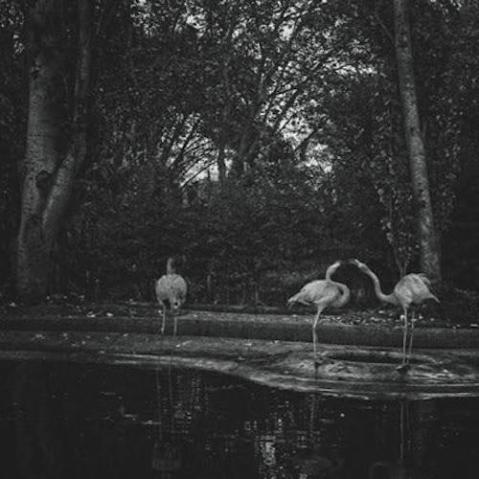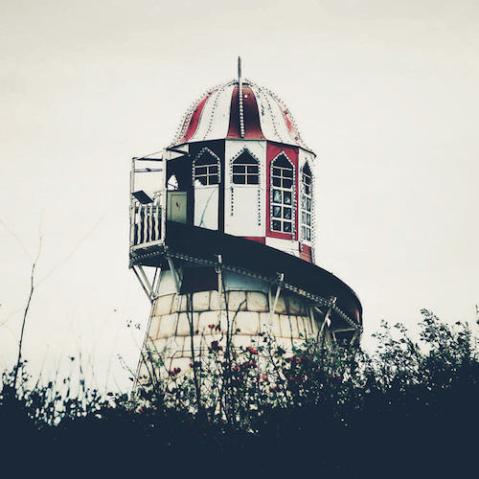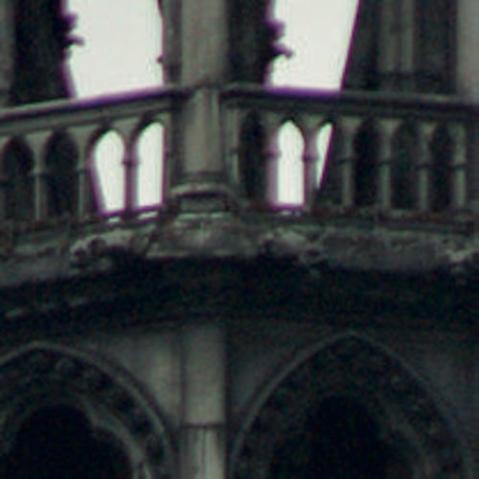Capturing autumn's colours in abstract
Autumn’s complementary colours are perfect for creating beautiful abstract images, where colour, rather than an identifiable subject, becomes the main component of the shot. You might want to use a slow shutter speed to blur leaves as they move in a strong breeze against a deep blue sky (perhaps using a polarising filter to enrich the colours even further), or look to pick out colour details, but in this example, we’ll try panning and rotating the camera during a long exposure. The impressionistic results you can achieve can create an equally compelling celebration of the season as a static shot.

Slow shutter speed
Panning and rotating techniques are similar to using a long exposure, in that you want to start with a low ISO and small aperture setting to achieve a slow shutter speed. You might need to use a neutral density filter in order to prevent over-exposing your shot. However, rather than keeping your camera still during the exposure, you will be moving it, so it isn’t the movement of your subject that creates the blur, but the movement of your camera.
Panning and tilting
The easiest place to start is panning or tilting. Mount your camera on a tripod, but make sure that your tripod head is freed so that you can move the camera in one direction: either vertically to tilt it, or horizontally to pan across the frame. As a guide, panning works best when the colours of your subject are themselves in horizontal bands—panning across golden trees edging a green field, for example—while tilting is most effective with naturally vertical subjects, such as tilting upward along tree trunks.

Regardless of the direction of movement you choose, trigger the shutter to start your exposure and then physically turn (or tilt) the camera body for the duration of the exposure. The result should be a blur of expressive autumn colour, although there will be a certain amount of trial and error involved in trying to get the speed of the camera movement to match the exposure time for the optimum result.
Try rotating
Alternatively, why not remove your camera from the tripod and, with a long exposure set, rotate it for a whirlpool-style result? Or simply move the camera around in a random fashion to blend your colours? You may well end up with nothing more than a muddy mess, but you could just as easily end up with an abstract masterpiece that celebrates the rich colours of autumn!
Landscape Photography: The Four Seasons is Chris Gatcum’s gorgeous exploration of landscape photography season-by-season, outlining useful tools and techniques particular to the season as the qualities of light and colour—as well as the weather—change around you. This book will inspire you to get out and about, confident of achieving the best possible results—whatever conditions you’re shooting in.
[one_whole boxed=”true”]
 Landscape Photography: The Four Seasons, by Chris Gatcum
Landscape Photography: The Four Seasons, by Chris Gatcum
£5.99 Download the PDF now!
This PDF version retains the styling of the original print book.
RRP for print edition: £11.99
[button color=”Accent-Color” size=”small” url=”https://www.ilexinstant.com/product/landscape-photography-the-four-seasons/” text=”Digital Edition”] [button color=”Accent-Color” size=”small” url=”http://www.amazon.co.uk/dp/1781571120?tag=ilexpresscom-21&camp=1406&creative=6394&linkCode=as1&creativeASIN=1781571120&adid=16FDTV7SD8TE32ZND9XW&&ref-refURL=http%3A%2F%2Fwww.ilexinstant.com%2Fproduct%2Flandscape-photography-the-four-seasons%2F” text=”Amazon UK (Print)”]
[button color=”Accent-Color” size=”small” url=”INSERT US AMAZON LINK” text=”Amazon USA (Print)”]
[/one_whole]






